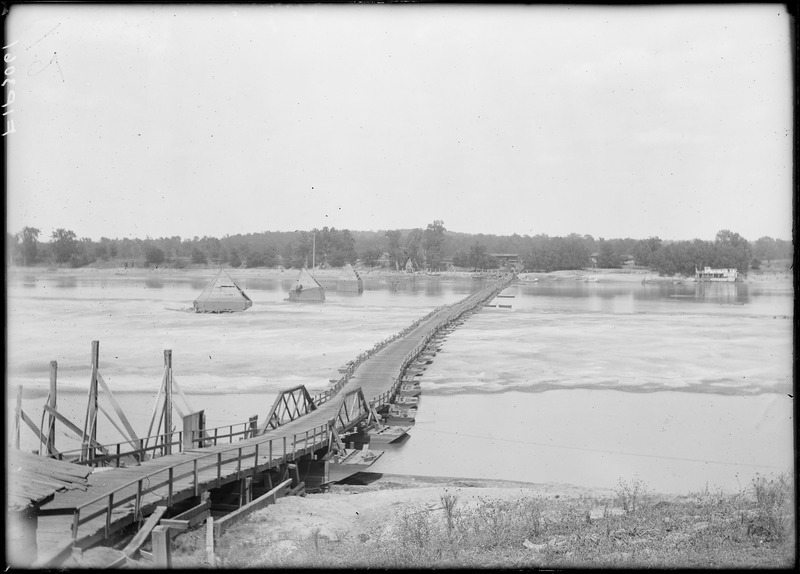
 15
15





“If we are honest, we can still love what we are, we can find all the good there is to find, and we may find ways to enhance that good, and to find a new kind of living world which is appropriate for our time.” ― Christopher Alexander
 3
3




Rachel Lindsay wrote:Going through Medieval English Gardens by Teresa McLean, it has been fun to read about techniques used in monastery gardens that Permaculturists also encourage us to use now. Here are some interesting details from Ch. 1: The Monastic Garden:
Zones: "The first monasteries were built along the lines of Roman villas, which were self-contained farmhouses, like mini villages, enclosing vegetable gardens near the outbuildings, neat little flowerbeds, shady walks and trees around the front of the house, and a colonnaded, fountained courtyard, called the atrium, at the heart of the complex. It was a design conducive to the keeping of gardens." —p. 15
Food Forest: "He [Brithnod] was making a kind of wooded paradise. One of his two monks, Leo, helped him to lay out these ‘gardens and orchards elegantly, and he planted choice fruit trees there in regular and beautiful order”, and he also planted shrubs…. ‘In a few years the trees which he planted and ingrafted appeared at a distance like a wood, loaded with most excellent fruits in great abundance, and they added much to the commodiousness and beauty of the place.’ " –p.20
Kitchen Garden: "It is hard to overemphasize the overpowering role of starch in the medieval diet, and the ancillary role of vegetables to it…Besides peas and beans, the most popular vegetables were those that tasted strongest: leeks, onions, and garlic. The ‘seasoning vegetables’ grown at Worcester Priory also included saffron, from the saffron crocus, and cumin, in prodigious quantities." –pp.26-27
Multi-Function Irrigation Systems: "The science of irrigation was a monastic strongpoint. It supplied water to the fish-stews [ponds], horse-ponds and gardens, fountains and waste-disposal systems. The last had running water, in streams or conduits, to make a sort of naturally flushing sanitation system, sometimes ingeniously extended to feed the monastic compost heaps….At Leeds, in Kent, they dammed a spring high up on the hillside to make fish-stews, whence the water was channeled under the buildings for drainage, and then emerged to work the mill." –p.56
Chapter One is all about the monks, but other chapters focus on urban gardening waaaaay back in day, as well as going into more detail about how folks used to do nurseries and flower gardens, grew and used herbs, etc.
I love the art of medieval manuscripts, which often have such intricate biological detail. It seems that the artists were very, very close to nature!

"Them that don't know him don't like him and them that do sometimes don't know how to take him, he ain't wrong he's just different and his pride won't let him do the things to make you think he's right" - Ed Bruce (via Waylon and WIllie)
 1
1




Visit Redhawk's soil series: https://permies.com/wiki/redhawk-soil
How permies.com works: https://permies.com/wiki/34193/permies-works-links-threads
 3
3




Rachel said, " it has been fun to read about techniques used in monastery gardens that Permaculturists also encourage us to use now.
Invasive plants are Earth's way of insisting we notice her medicines. Stephen Herrod Buhner
Everyone learns what works by learning what doesn't work. Stephen Herrod Buhner

|
Then YOU must do the pig's work! Read this tiny ad. READ IT!
Learn Permaculture through a little hard work
https://wheaton-labs.com/bootcamp
|



